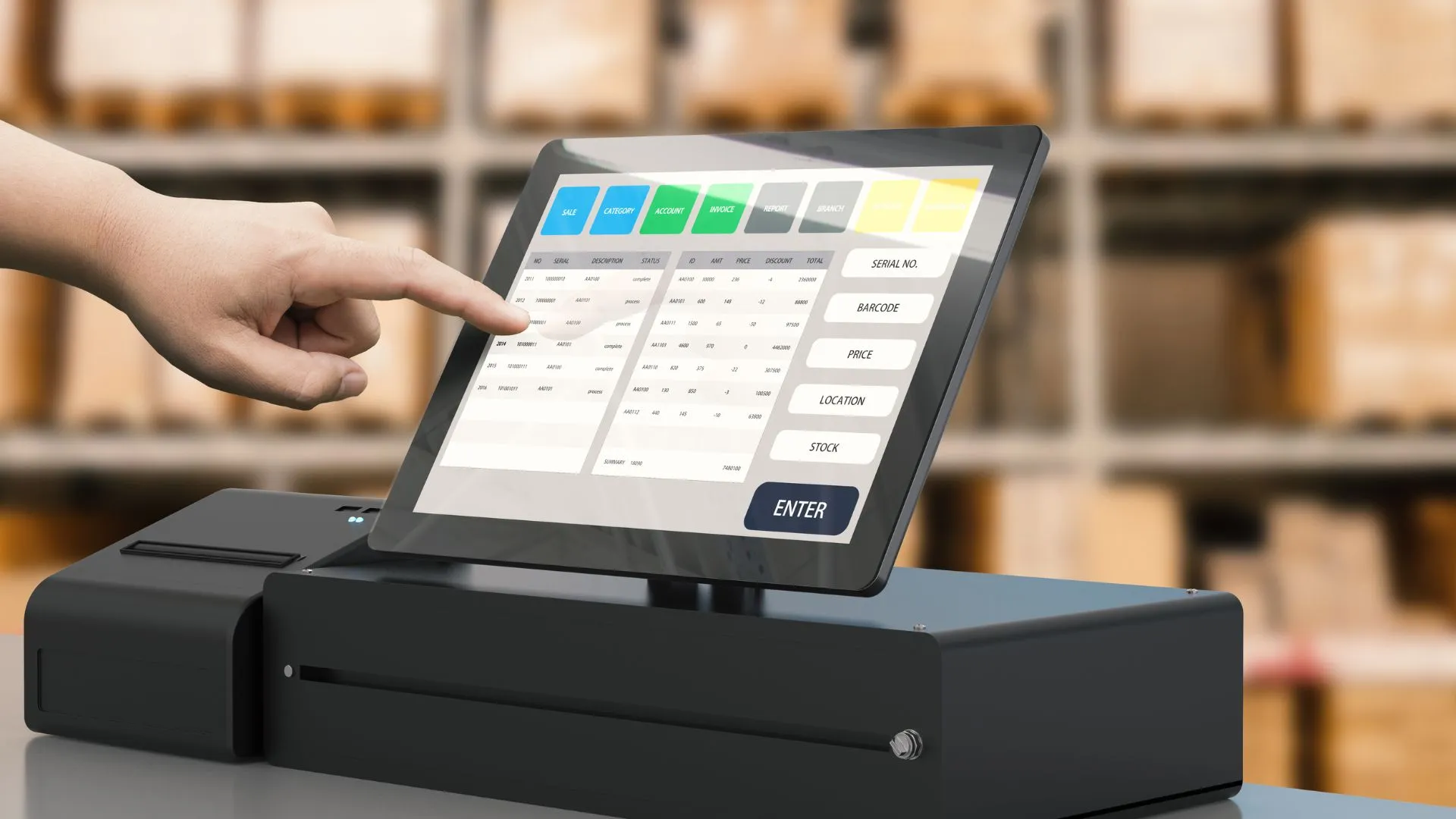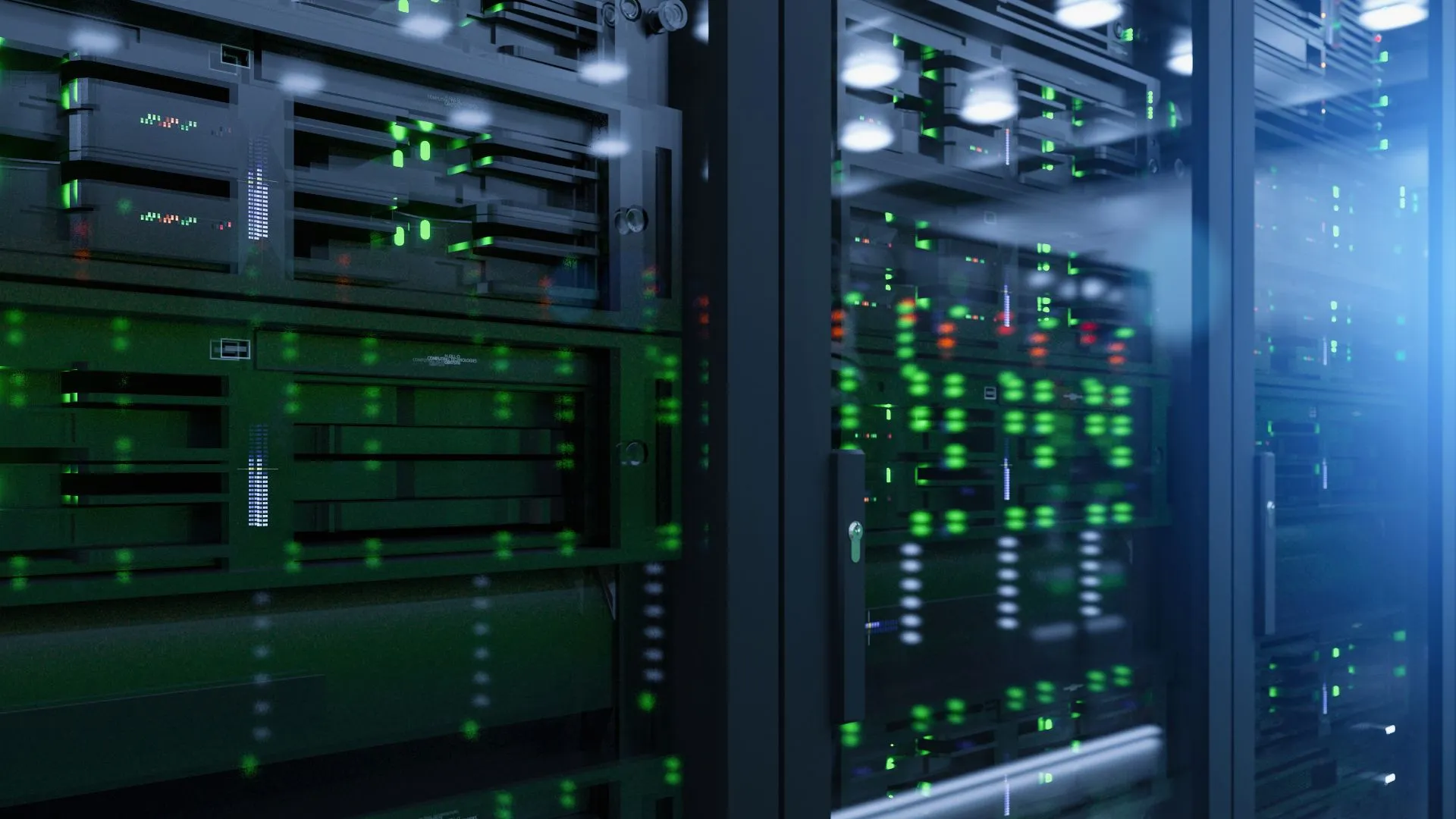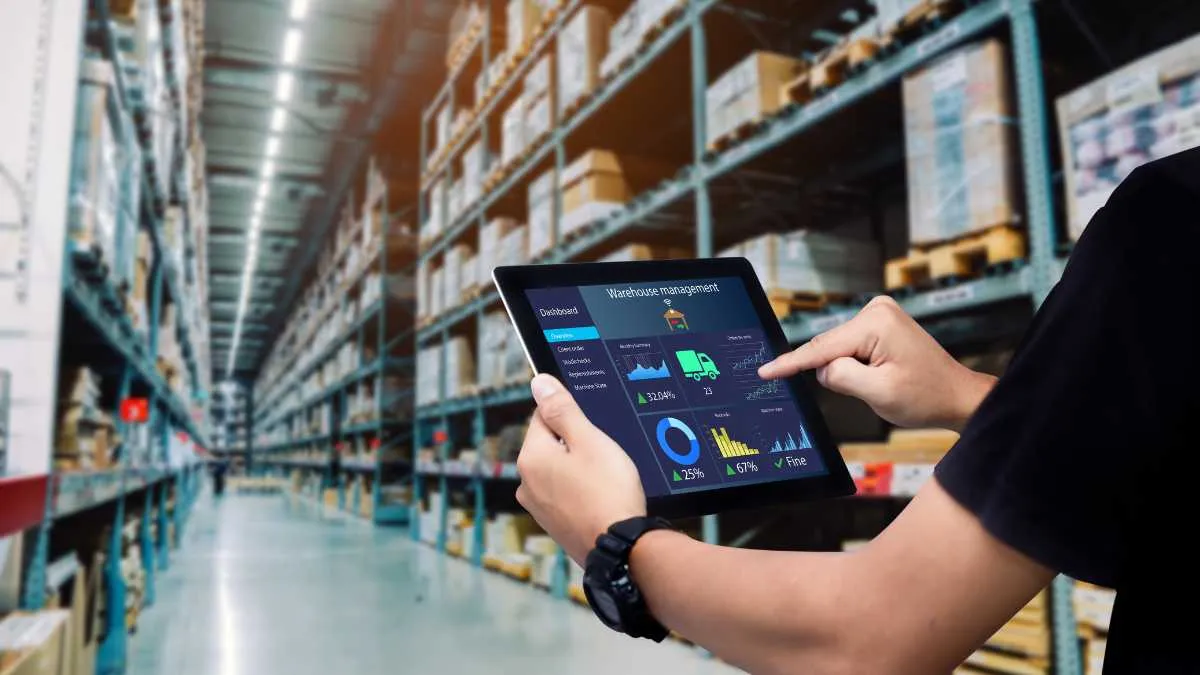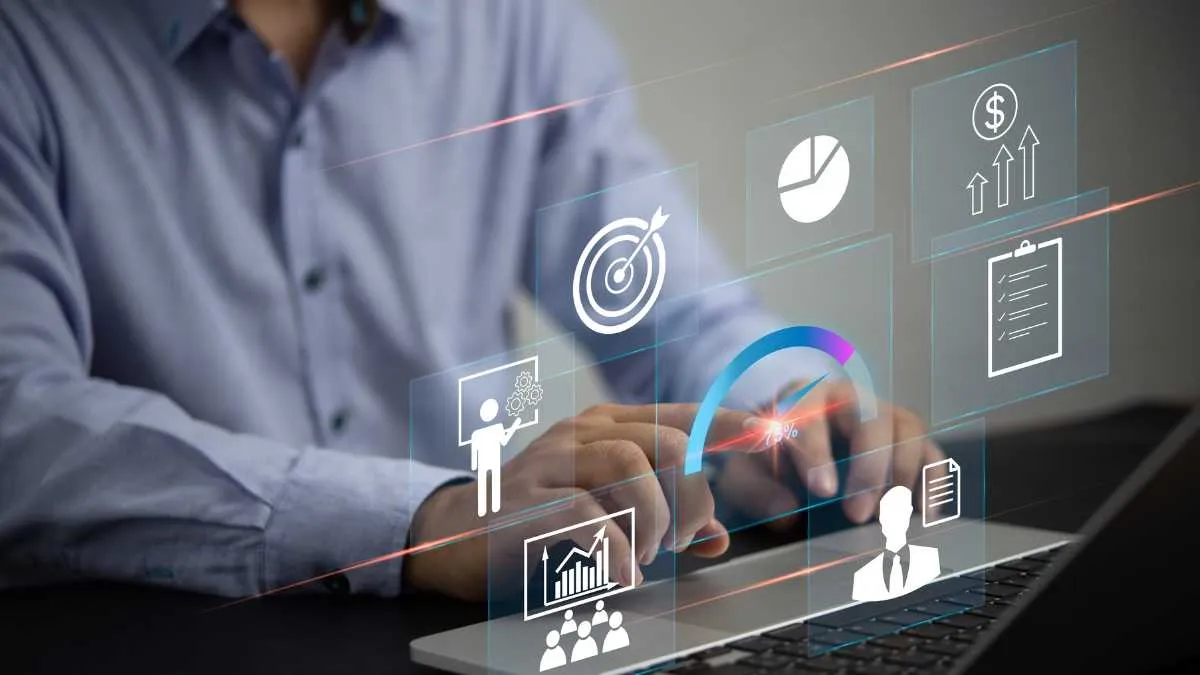Business Trends 2023 – What Steps Are Worth Taking in the Upcoming New Year?
As the New Year dawns, it’s not just the calendar that’s changing. Across industries, innovations are reshaping how we do business, with technology playing an ever-increasing role.
Whether you’re a tech enthusiast, business leader, or a consumer, it’s essential to keep an eye on the trends that will shape the coming year. Here’s what to keep an eye on in 2023.
Upcoming trends in 2023 include:
- Low Code/No Code Platforms: Forbes suggests businesses can’t wait indefinitely to revamp their IT structures to stay competitive. With low-code/no-code platforms, even those with basic programming knowledge can create applications. This is invaluable for SMEs, allowing swift market entry. Yet, bespoke software development remains an essential choice for its scalability and flexibility.
- Microservices: Dominating the software architecture scene, microservices remain central to a multitude of digital solutions, from mobile to cross-platform applications.
- DevSecOps: Prioritizing security from the onset of the software development lifecycle (SDLC) is becoming the norm. It’s a proactive way to ensure threats are identified and mitigated early on.
Upcoming trends in 2023 include:
- AI in Finance: AI is transforming financial services. In 2023, expect AI to deeply influence credit assessments, negotiation, and fraud detection. Still, ethical concerns around AI in decision-making processes are on the rise. Deloitte’s survey highlights that 86% of IT and business leaders see AI as vital to their business success in the coming years. Voicebots might become a common solution here.
- Embedded Finance: The term has seen an 88% search increase over five years. It essentially means integrating banking, payment, or insurance into non-financial platforms. With the term “banking as a service” (BaaS) also growing by 176% globally, this trend is undeniably on the rise.
- Regtech: Juniper Research foresees a 200% growth in the RegTech industry from 2022-2026. By leveraging cloud technology, machine learning, and big data analytics, it aims to simplify and optimize the regulatory and compliance landscape for financial institutions.
Upcoming trends in 2023 include:
- Low-code/no-code Tools in Energy: Polish businesses are increasingly turning to these tools. Gartner predicts a leap from 25% market share in 2020 to 70% by 2025. Polish solutions like X-Code’s BuzzAutomation are in demand for their ability to drive digital transformation.
- Digital Twins: Modern tech enables the creation of virtual energy plant replicas or entire networks, enhancing decision-making and operational efficiency.
- Process Automation in Energy: With new legal mandates, energy sellers in Poland need systems integrated with the Central System for Information on the Energy Market (CSIRE). X-Code’s solutions, including PWI Router 2.0, facilitate seamless vendor transitions and are used by leading vendors.
Upcoming trends in 2023 include:
- Content Commerce:
This strategy pairs compelling content with quality product data, targeting an audience poised to purchase. Far from manipulative tactics, it’s about empowering consumers with context-rich information they genuinely seek. - Integrated tools such as PIM (Product Information Management), CMS/DXP (Content Management Systems/Digital Experience Platform), and CDP (Customer Data Platform) drive its effectiveness.
- Cross-border Expansion:
To tap into new markets, merchants are leveraging both global and local marketplaces. Building region-specific online store variants with tailored payment, delivery, and logistic solutions is the next evolutionary step. - Composable Commerce:
A model where top-tier e-commerce elements merge to form a bespoke application. A key recommendation is the use of headless CMS, a component of the MACH (Microservices, API-First, Cloud-Native, and Headless) framework. This allows seamless omnichannel content delivery and an enriched user experience. - For insights on this approach, read the detailed piece by Tomasz Gutkowski from Unity Group.
At its heart, Industry 4.0 blends cutting-edge tech, such as IoT, VR, Big Data, machine-to-machine communications, smart sensors, and robotics.
Upcoming trends in 2023 include:
- Sustainability and Energy Efficiency:
With a lens on sustainability, Kitmondo emphasizes a shift towards lowering energy consumption within factories. Progressive manufacturers will prioritize efficient energy utilization, reducing environmental footprints and trimming production costs. - 5G Integration:
Predictions indicate that the broader incorporation of 5G in 2023 will amplify factory operations, encompassing monitoring, cloud storage, and communication. As 4G gets overshadowed, the rapid speed and connectivity of 5G offer unparalleled potential. - Strengthened Consumer-Manufacturer Bond:
Enhanced data tracking and user feedback now inform manufacturing. By leveraging these consumer insights, products get tailored to user preferences, optimizing resources and boosting profitability.
For a more comprehensive look into upcoming Industry 4.0 trends, consider checking this LinkedIn post by EuvicMEA.
Upcoming trends in 2023 include:
- Green Logistics: With the mounting pressure to reduce carbon footprints, logistics firms are looking at software solutions for route optimization and are adopting the closed-loop supply chain model, which promotes recycling and reusing waste and customer returns.
- Automation and AI: The drive for flexible logistics makes it essential for firms to quickly adapt to unexpected events. Utilizing AI and automation in demand forecasting can help companies maintain their productivity amidst disruptions.
- Blockchain: Beyond cryptocurrency, blockchain is enabling transparent and secure tracking of products from their origin to the consumer, a feature vital for high-end and luxury items.
Upcoming trends in 2023 include:
- VR and AR: The decline in the cost of AR/VR solutions will likely lead to a surge in their implementation in schools and corporate training programs.
- Learning via Social Media: The ‘tiktokization’ of education points to the growing trend of micro-learning. Platforms like TikTok have paved the way for short, engaging educational clips, making learning more accessible.
- Cybersecurity: With the enforcement of RODO regulations, there’s an impending need to secure digital learners’ data, making blockchain a likely choice for many e-learning platforms. Explore more.
Upcoming trends in 2023 include:
- Business Travel: COVID-induced remote working is reshaping business travel, with companies now organizing trips to foster team cohesion and boost employee morale.
- Biometric Payments: Already being used for identity verification in airports, biometric payments like ApplePay and GooglePay are set to become ubiquitous in the travel industry.
- AI and Chatbots: Providing 24/7 support and facilitating bookings, AI-powered chatbots are expected to bring significant cost savings for travel companies.
Upcoming trends in 2023 include:
- Dark Colors: A shift towards darker and minimalist graphics not only offers better user experience but also keeps users more engaged. The challenge, however, lies in maintaining usability and visibility.
- Storytelling with 3D Images: Interactive animations and 3D visuals enhance user engagement, making brand messages more memorable.
- Abstract Visualizations: In 2023, bold and abstract shapes are expected to dominate digital backgrounds, moving away from traditional geometries. Discover more.
Upcoming design trends in 2023 include:
- Shorten Conversion Paths: With the fast-paced nature of our lives and diminishing patience, it’s pivotal to reduce the number of steps or clicks users have to take to achieve their end goal, be it purchasing a product or signing up for a webinar.
- Optimization of Payment Forms: With the rise in digital wallets and biometric payment methods, like Apple Pay’s double-click side button or Face ID, users prefer quick and secure payment methods. Incorporating these options is becoming increasingly essential.
- Thorough Testing: Before the official launch of any digital product, it’s crucial to test with real users extensively. This ensures identification of any issues, from bugs and missing features to design flaws. More on Mobile-First Design.
Upcoming design trends in 2023 include:
- Voice Search & Natural Queries: With the proliferation of voice assistants like Google Assistant, Siri, and Alexa, optimizing content for natural speech is becoming paramount. Rather than searching for “Weather NYC”, users might ask, “What’s the weather like in NYC?”
- LaMDA AI Development: The introduction of LaMDA AI aims to improve dialogue applications, making interactions more human-like and natural.
- Visual Search: The integration of Google Lens in Chrome, allowing users to gain insights about images directly, emphasizes the importance of optimizing website graphics for visual searches.
- AI in Online Marketing: AI will revolutionize online marketing. It’s not just about automation but about optimizing every aspect of a website. For instance, tools like Dall-e generate graphics, while Jasper can produce text content. Plus, platforms like Grow Flow from Surfer SEO suggest optimizations an SEO specialist should consider.
In conclusion, while these trends provide a roadmap for businesses, it’s vital to tailor strategies that align with individual company objectives, processes, and principles. The key is to remain agile, adaptive, and always prioritize the user experience.
Euvic is a competitive advantage for us. The technical excellence that Euvic has brought is not easily matched and their support has become integral to our growth strategy.

Euvic is a competitive advantage for us. The technical excellence that Euvic has brought is not easily matched and their support has become integral to our growth strategy.

Euvic is a competitive advantage for us. The technical excellence that Euvic has brought is not easily matched and their support has become integral to our growth strategy.

Talk to Your Local Euvic Team









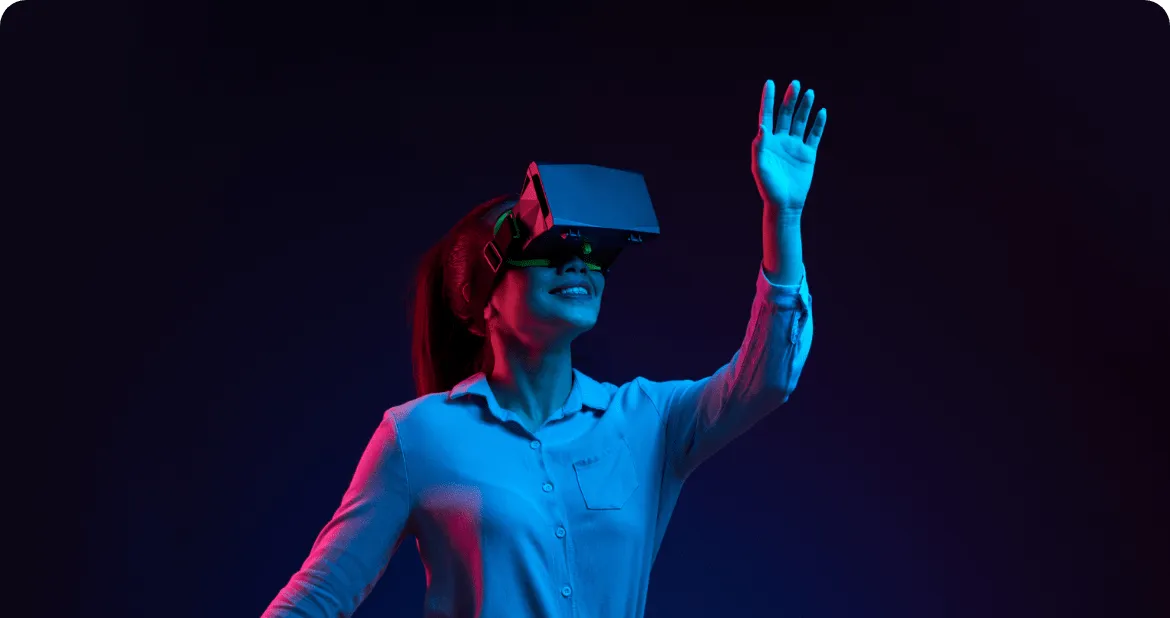





.webp)














